What makes us happy?
There were many different pictures of children on top of the chart paper.


Teacher “How can we sort these pictures?”
- Felix “We can just take out our pictures.”
- Sarah “We can put together?”
Sarah gathered a few pictures to create a set.

Teacher “Why would we do that?”
Charlotte agreed with Felix.
- Michelle “We can paste our pictures (in Mandarin)
- Michelle “You sort out your pictures like this.”
Teacher “Are any pictures the same?”

Michelle chose a few pictures that she thought looked the same.
- Michelle “Because I like this, Sarah like this Charlotte like this.”
- Charlotte “All like this, like the flower.”
- Sarah “I and Charlotte and Michelle the same.”
Teacher “But why would you make that face.”
- Charlotte “Because I am happy.
- Michelle “Because I am cute.”
Tyson chose a different picture and explained “Because I am angry.”

This led to the children sorting the pictures into two categories. Cute and angry.

Teacher “Can we find more pictures of angry?”
The children looked for more pictures of faces that may show the emotion ‘angry’.

Yet another group was created of ‘silly’ pictures.
- Charlotte “We found silly pictures. This is happy and this is cute.”
Sewon explained that there are some pictures of people crying.
- Felix “How about scared?”
The children began to look for pictures that show the emotion ‘scared’.

They looked closely at a picture of Ms.Tina’s Feelings.
Teacher “What is my feeling when I am doing a ninja pose?”
Ms. Tina explained that we will have books available for the children to make their own books on ‘feelings’. Ms. Tina created her own book of feelings. The children gave her suggestions stating that having a birthday might make her happy.

Ms. Tina continued to include pictures of the different experiences that make her happy.
The children were excited about creating their own feelings book. They sat in ‘bubble spaces’ to make their first page. When they finished, they sat together to share their books. Sitting in a circle, listening to others share their page.

NIS is an inclusive school, a school that celebrates our differences, our uniqueness, while helping us learn more about what brings us together. Our feelings and emotions can play an important role on our day as we play, learn and share a space together. Being able to recognise that we all have feelings and that we all express our feelings in different ways, helps us develop empathy and respect for each other.

As we continue to explore these emotions, we hope to explore how we can show these emotions in appropriate ways. Through these discussions and group activities, the children will continue to explore strategies that can help us deal with ‘big’ emotions (e.g. angry).

@M “Zoo, when I go to the zoo. Because I like the giraffe. This is me I like to meet her, the giraffe. I give her leaves. This is me and my mummy go to school, because I like it.”

@S “When play with friends. Maybe with blocks. I and Michelle and Charlotte in the swimming pool. And this is my birthday. I and Michelle and Charlotte look at Michelle, Charlotte and me picture.”

@C “Because I go to the new zoo. Too many animals. This is bad zoo. Not good zoo, he was monster in. My daddy and my mummy and my brother. I see elephants, zebra, giraffe. Have some lion and tiger. When I am happy, I smile like this.”

@S

@Y “Elephant happy. Cake, me happy. Turtle, happy.”

@J “Daddy, Jiwon, brother, mummy, house, happy.”

@F “When I get a birthday cake, I feel happy. When I get blue-tac, I’m happy. When I see a rainbow, I’m happy. When I get some ribbons, I’m happy. When I have balloons, I’m happy. When I see a new plant, I’m happy. I’m feeling happy when I go to the beach.”
Next, the students helped create the labels to name the different feelings.


Approaches to Learning
Communication Skills
- Listen to information.
- Listen actively and respectfully to others’ ideas.
- Express oneself using words and sentences.
- Participate in conversations.
- Negotiate ideas and knowledge with peers and teachers.
- Use mark-marking to convey meaning.
Social Skills
- Be respectful to others.
- Play cooperatively in a group: sharing, taking turns.
- Be aware of own and others’ feelings.
- Explain possible causes for their different feelings and emotions
- Recognize that everyone has feelings, emotions and perspectives that may differ from their own









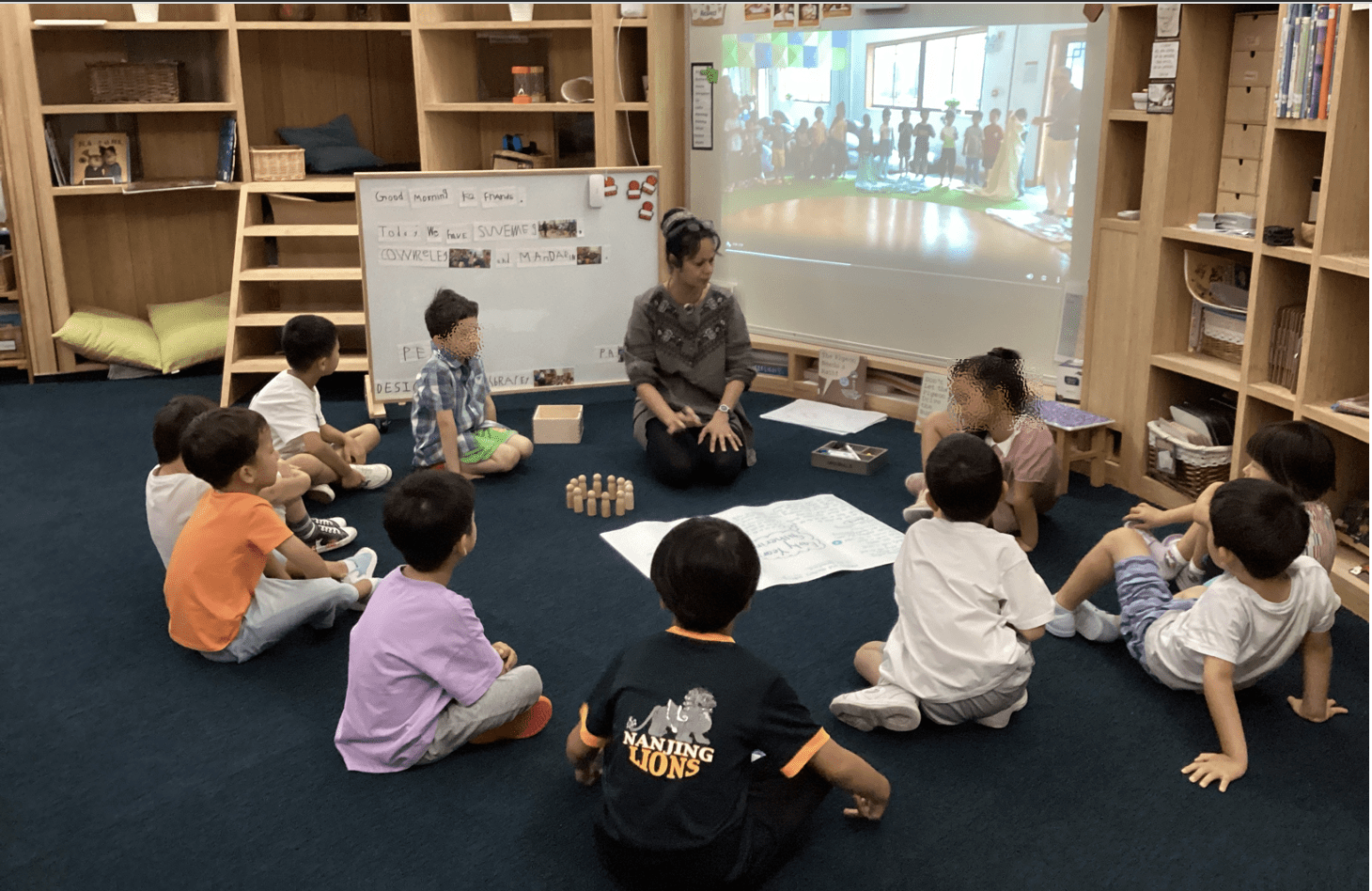






















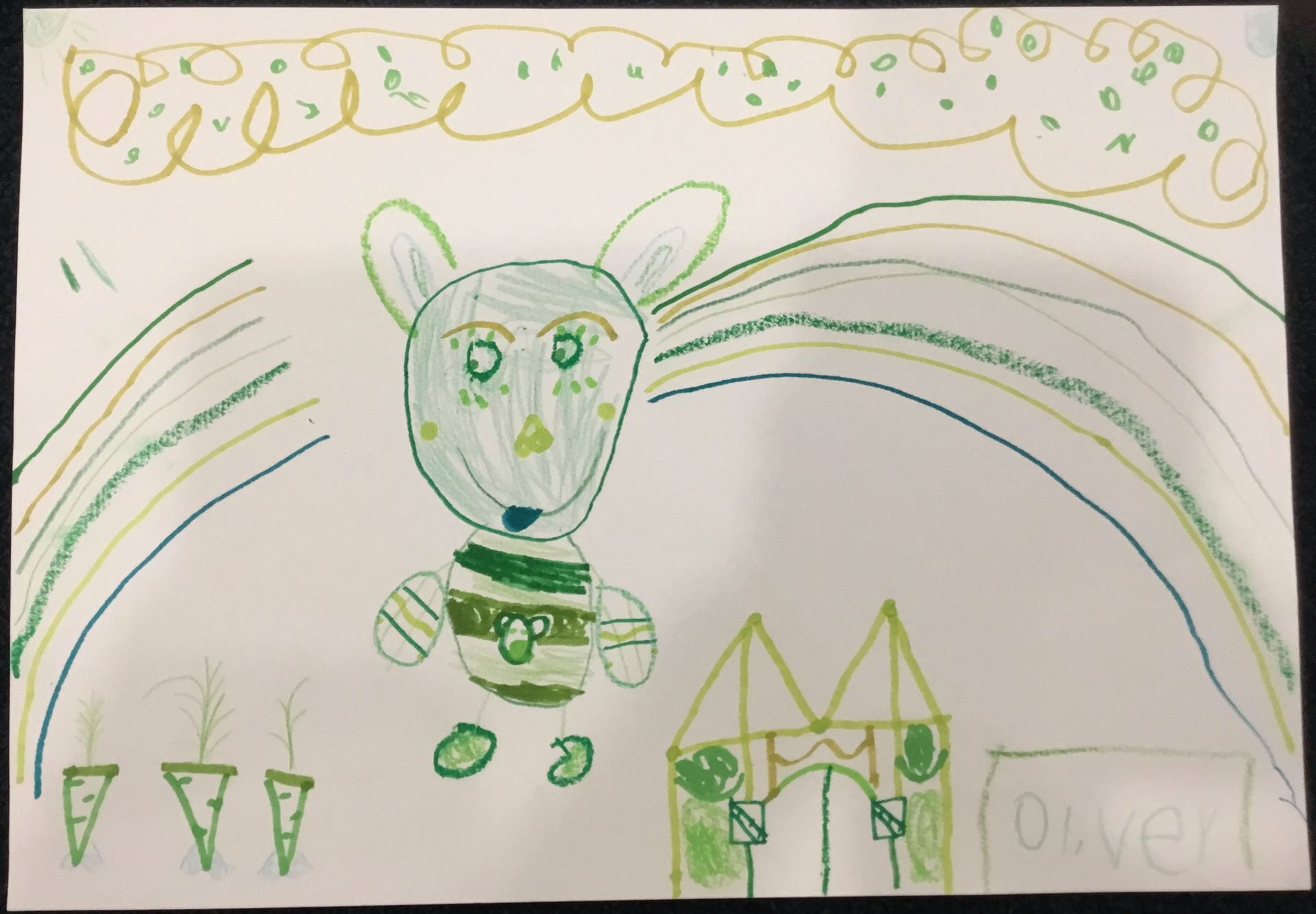








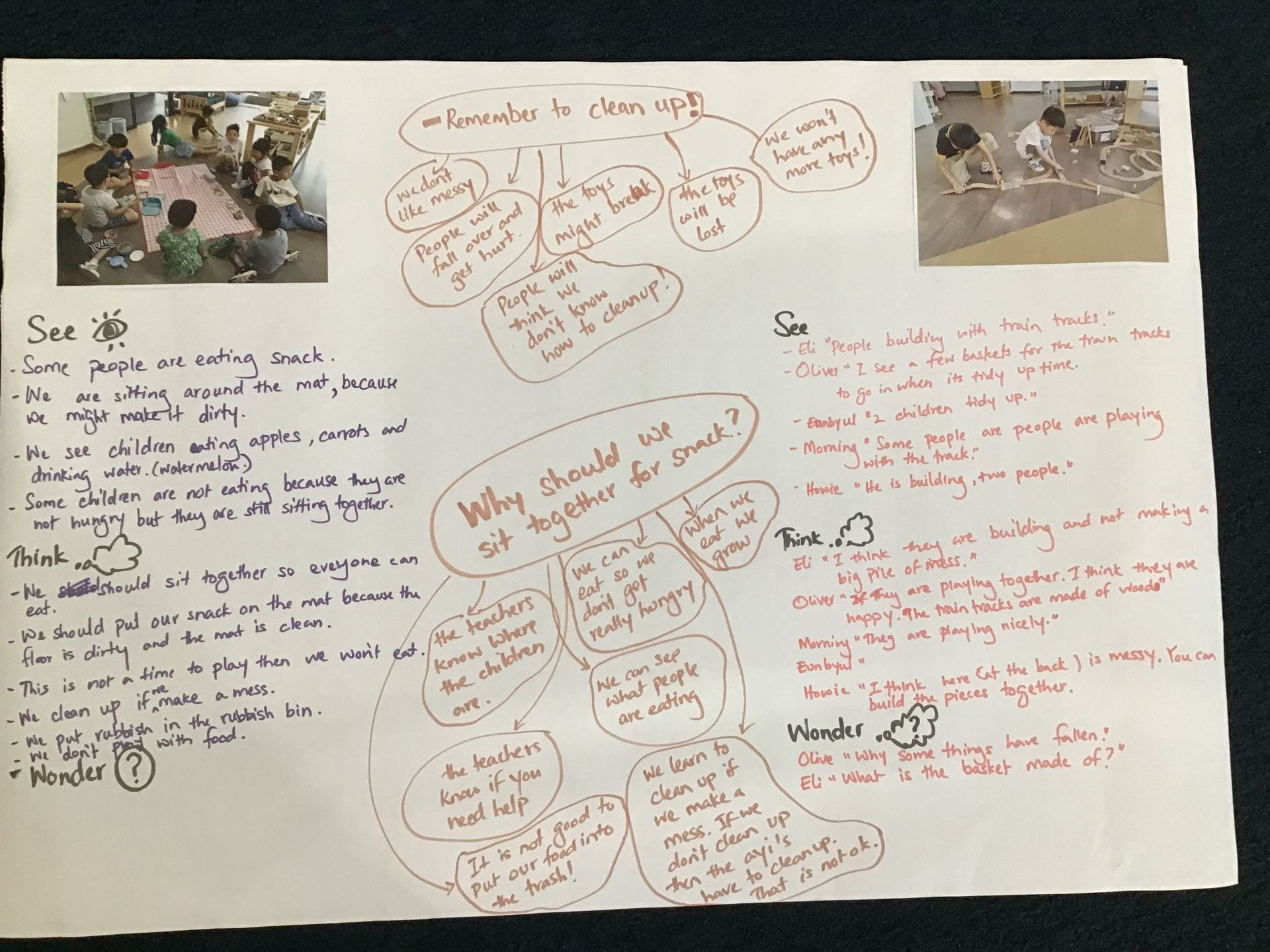


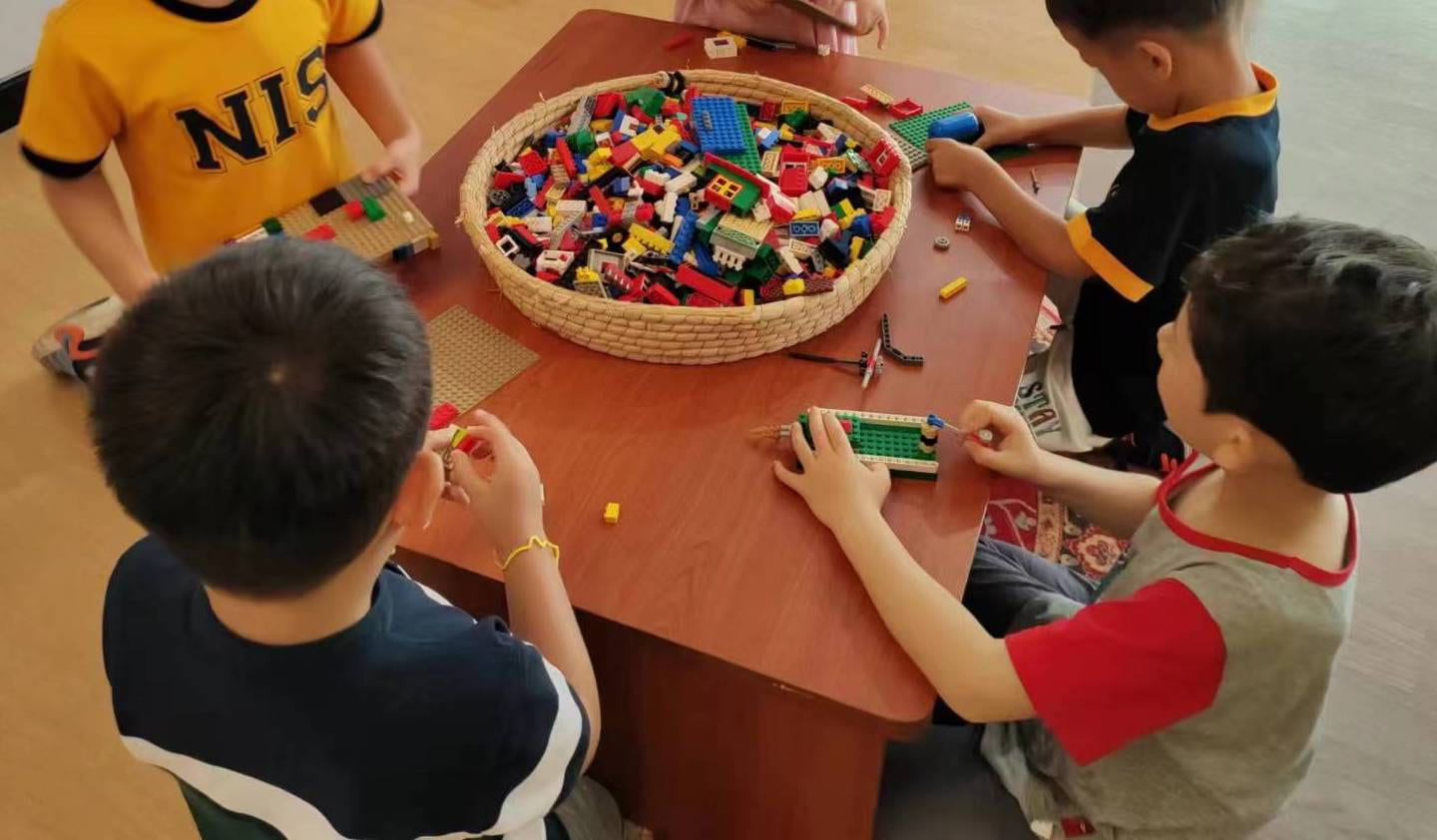


























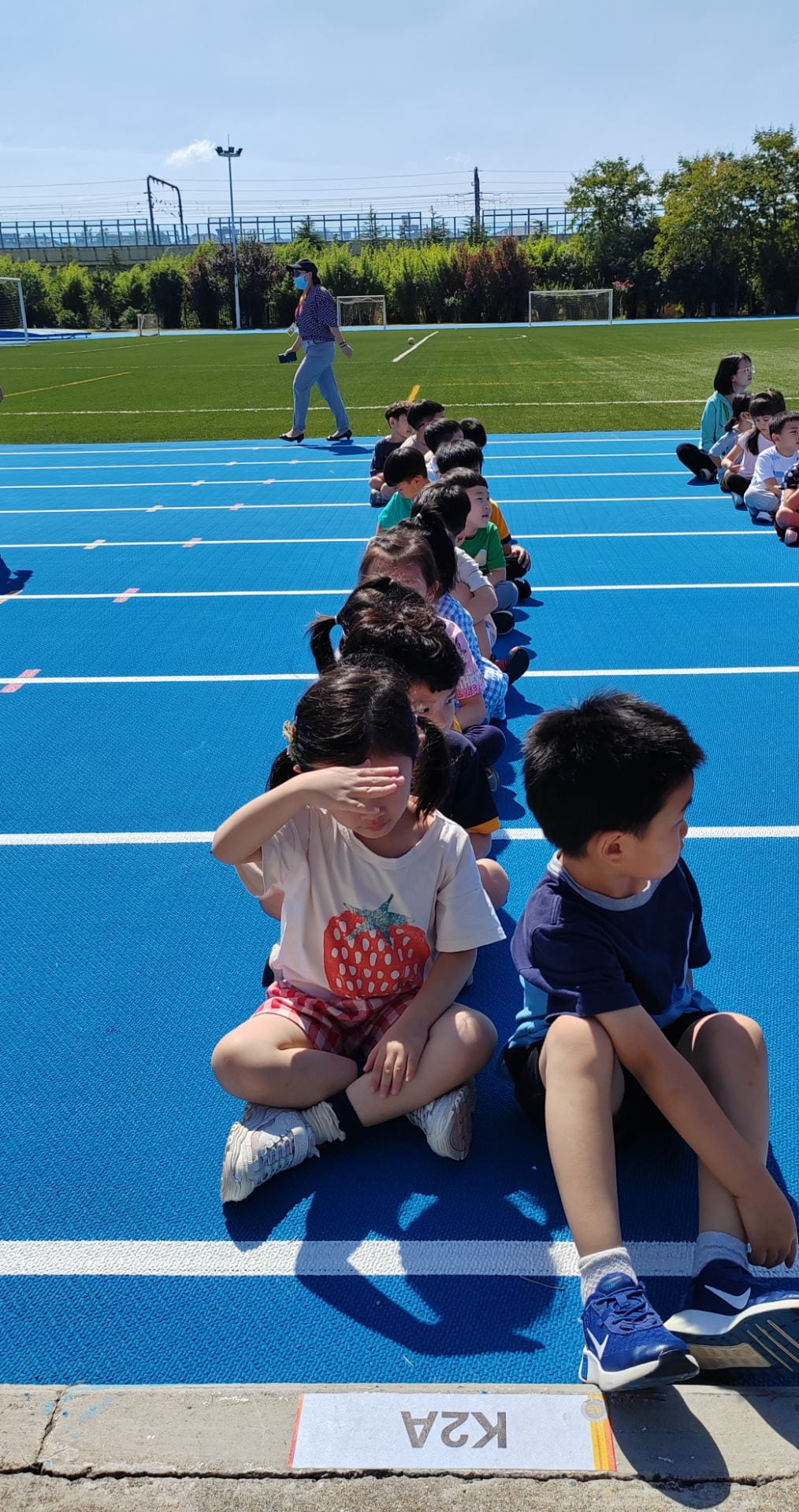
























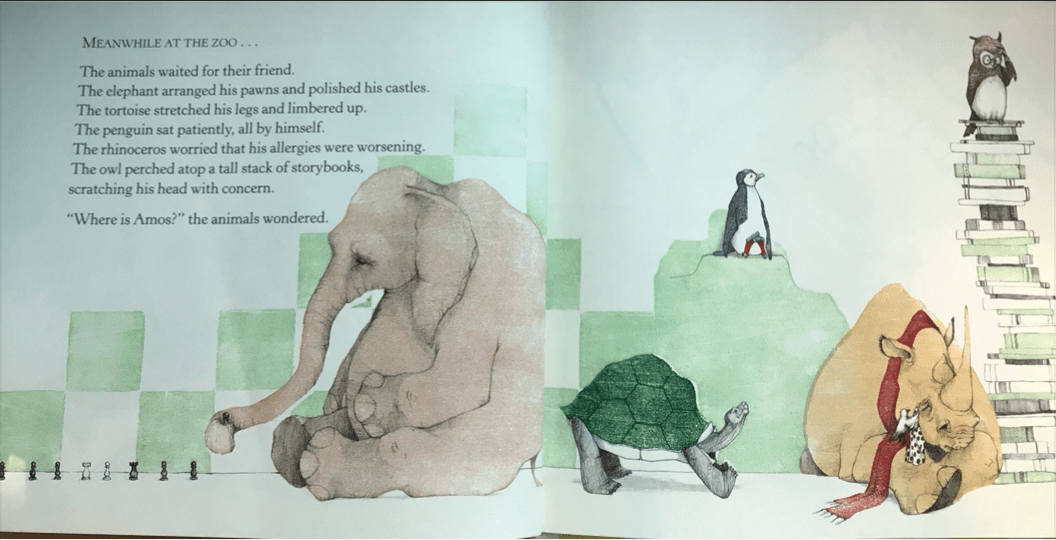

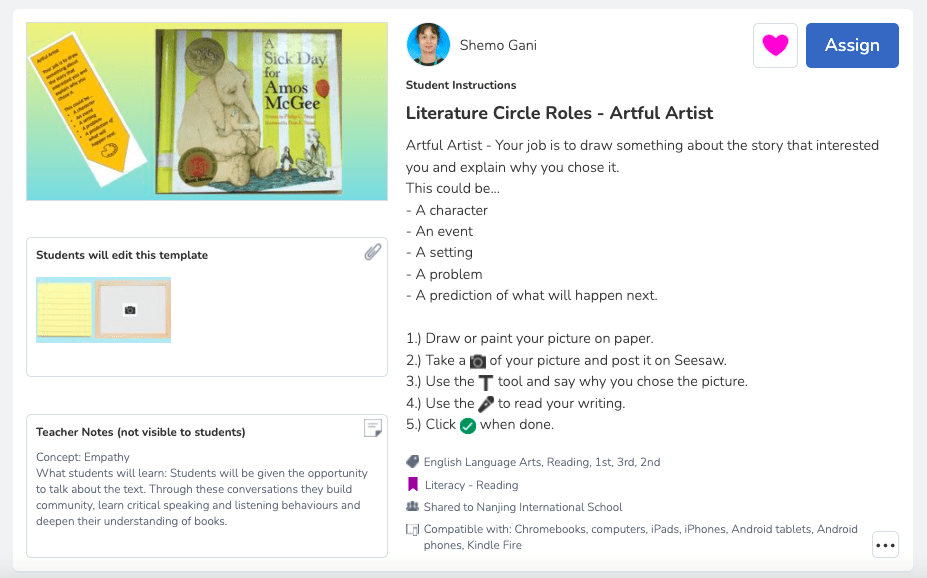

























 We used different strategies to document and share our thinking. We used whiteboard drawings, partner talks and post-it note groupings to share our ideas. We reflected on our own behaviours, feelings and emotions.
We used different strategies to document and share our thinking. We used whiteboard drawings, partner talks and post-it note groupings to share our ideas. We reflected on our own behaviours, feelings and emotions.





























 The students reflected on their own feelings and emotions. When do they feel angry, scared, sad, lonely, or proud?
The students reflected on their own feelings and emotions. When do they feel angry, scared, sad, lonely, or proud?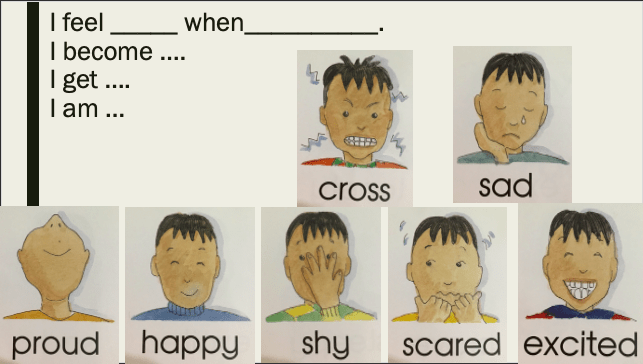




















 Each group took turns to prop them up at different angles, arrange them in cozy corners, as they worked together to create and organize their stories.
Each group took turns to prop them up at different angles, arrange them in cozy corners, as they worked together to create and organize their stories.































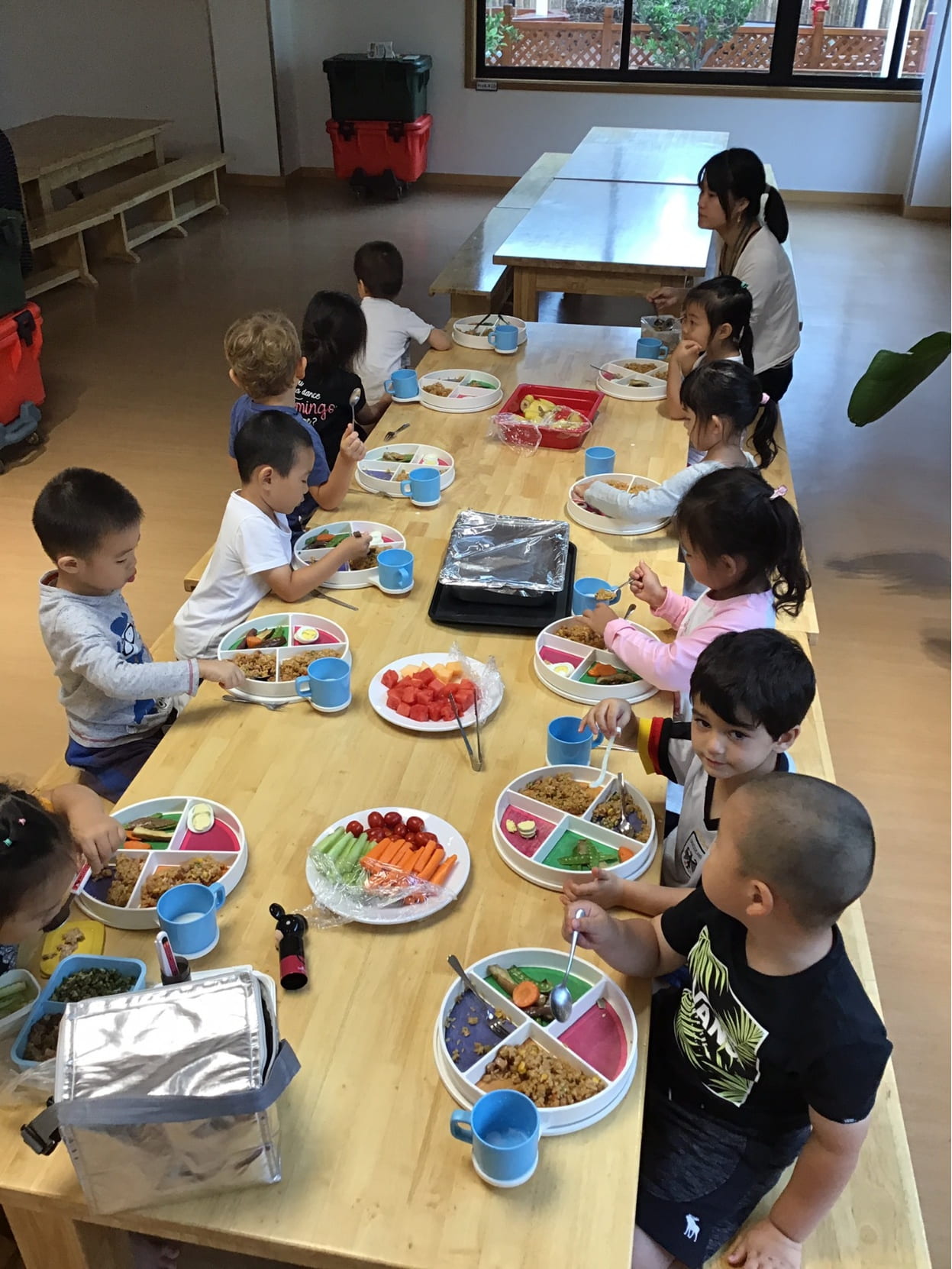



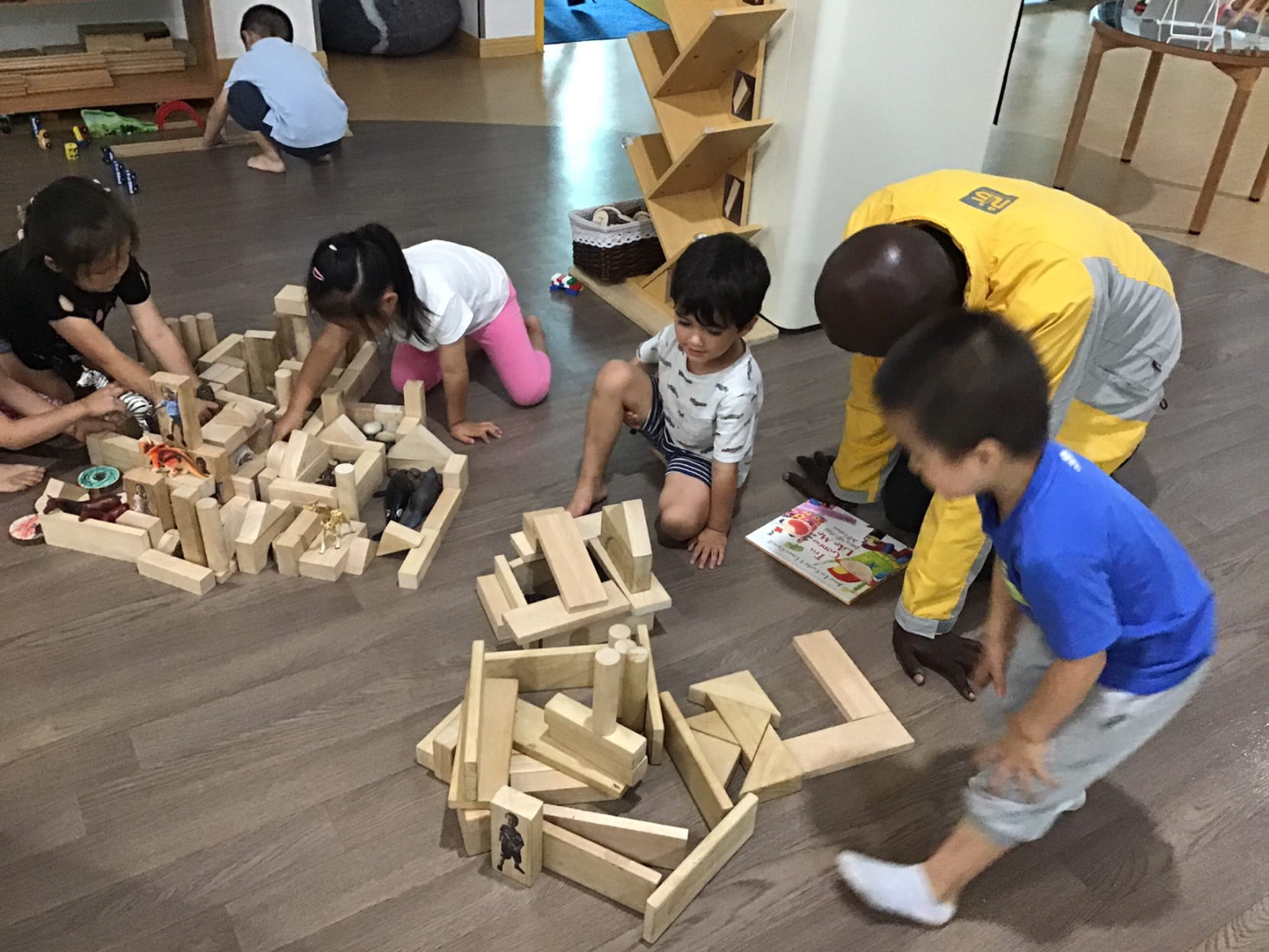




















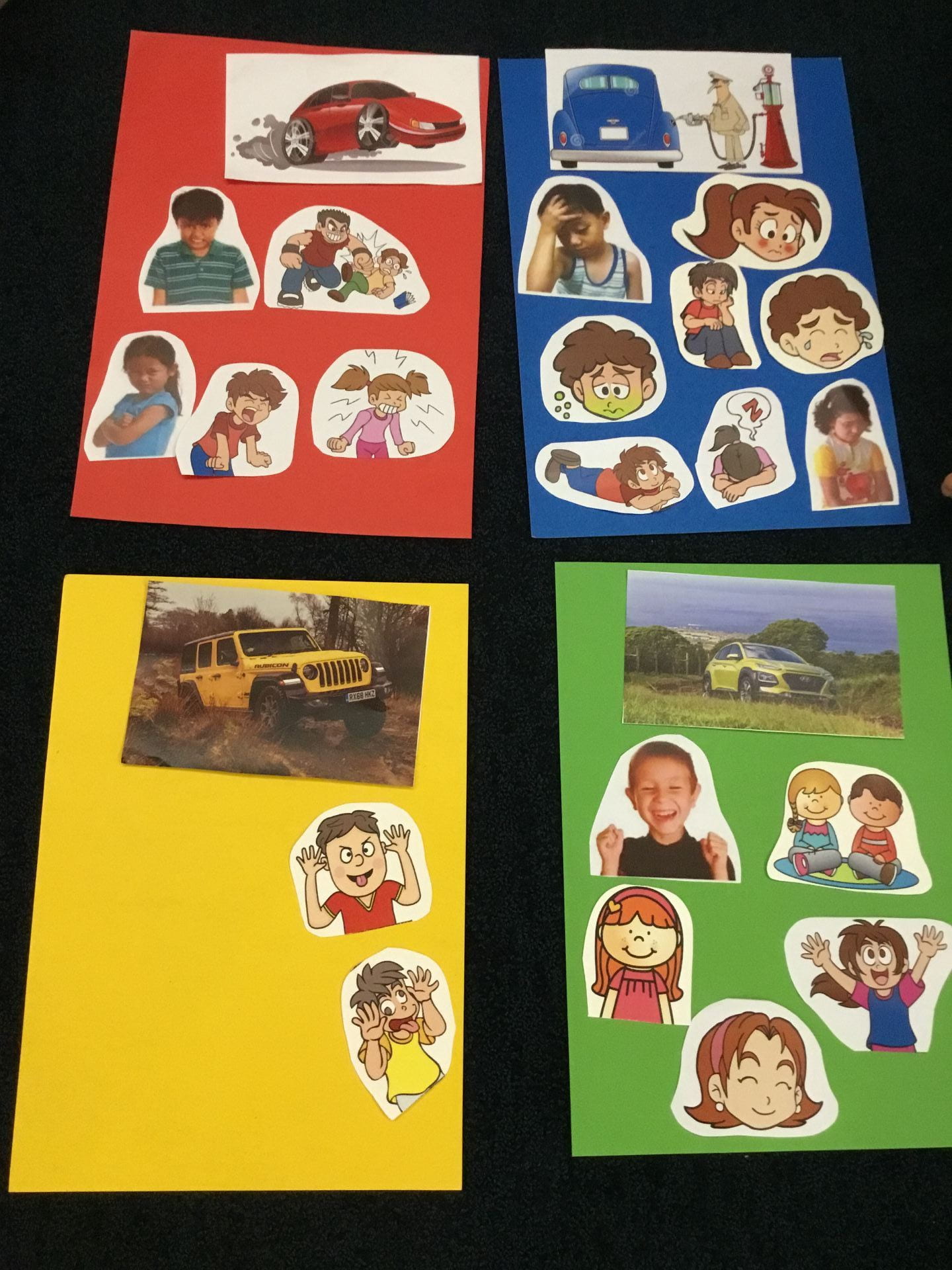







































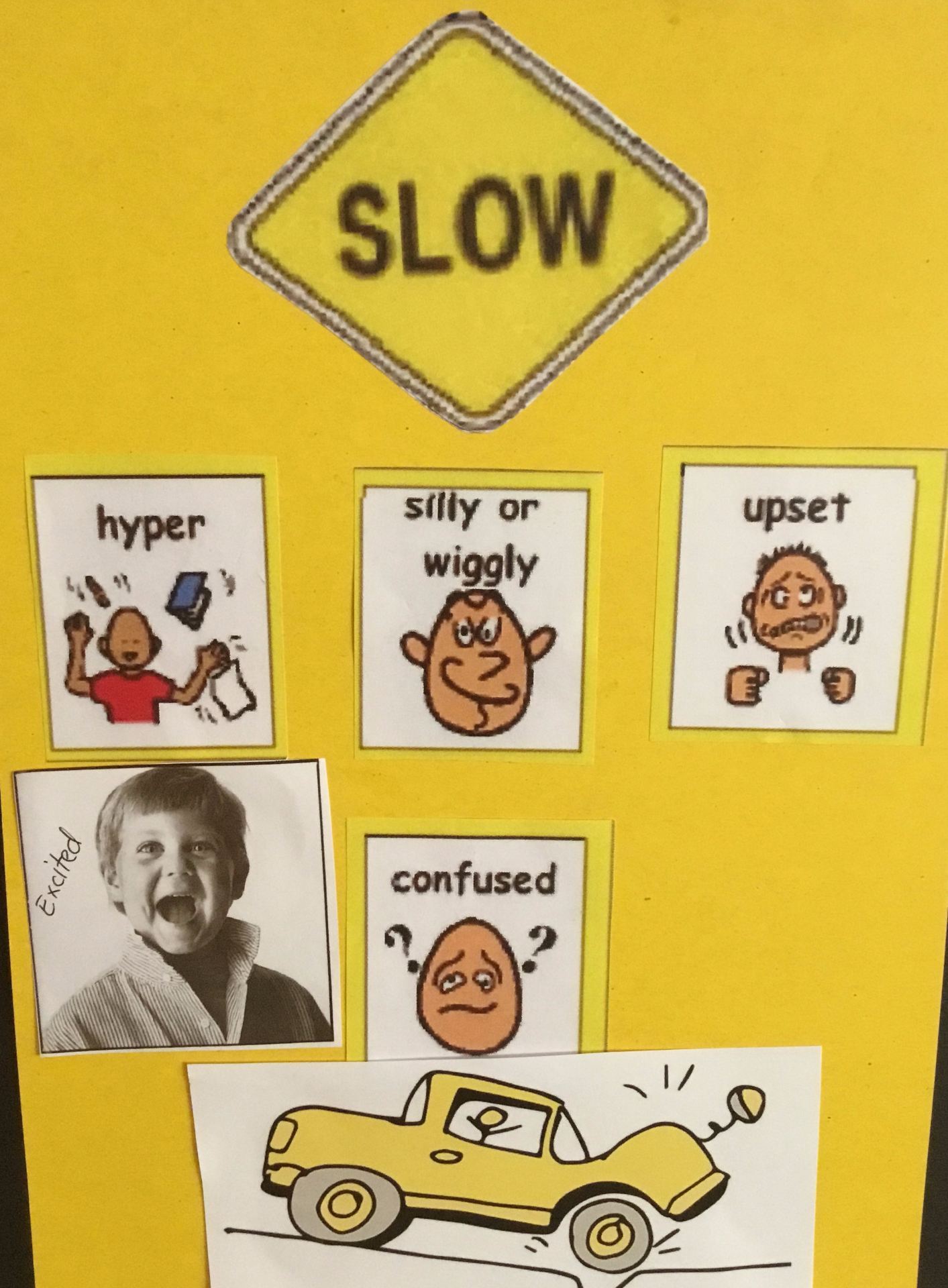





















 We notice the rainbow at the end of the story.
We notice the rainbow at the end of the story.

























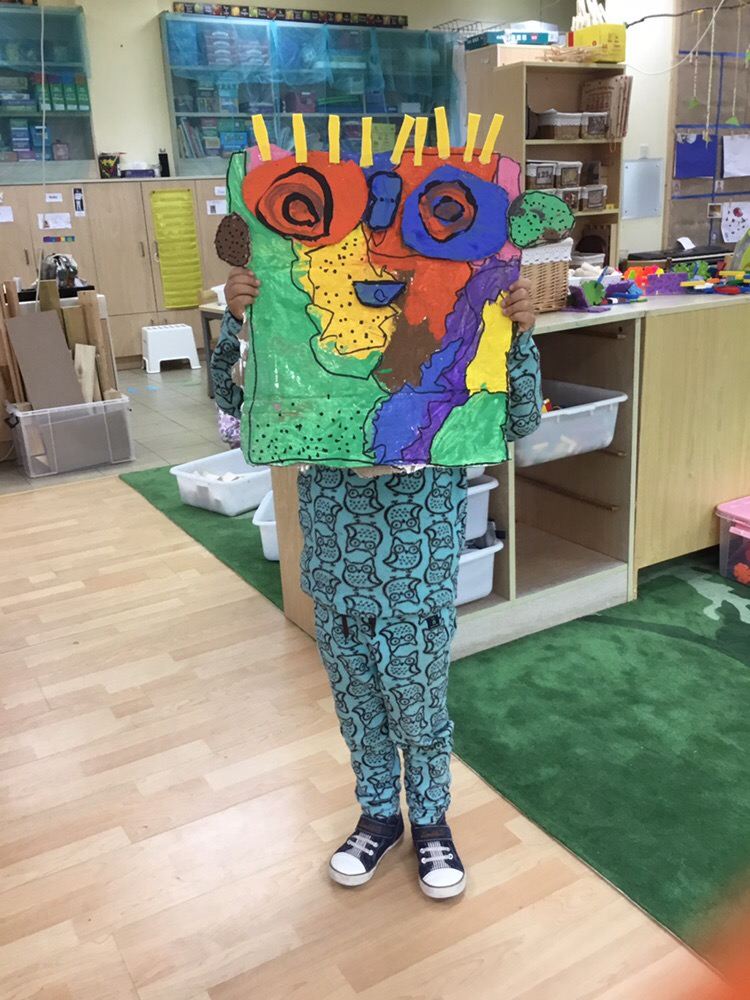






































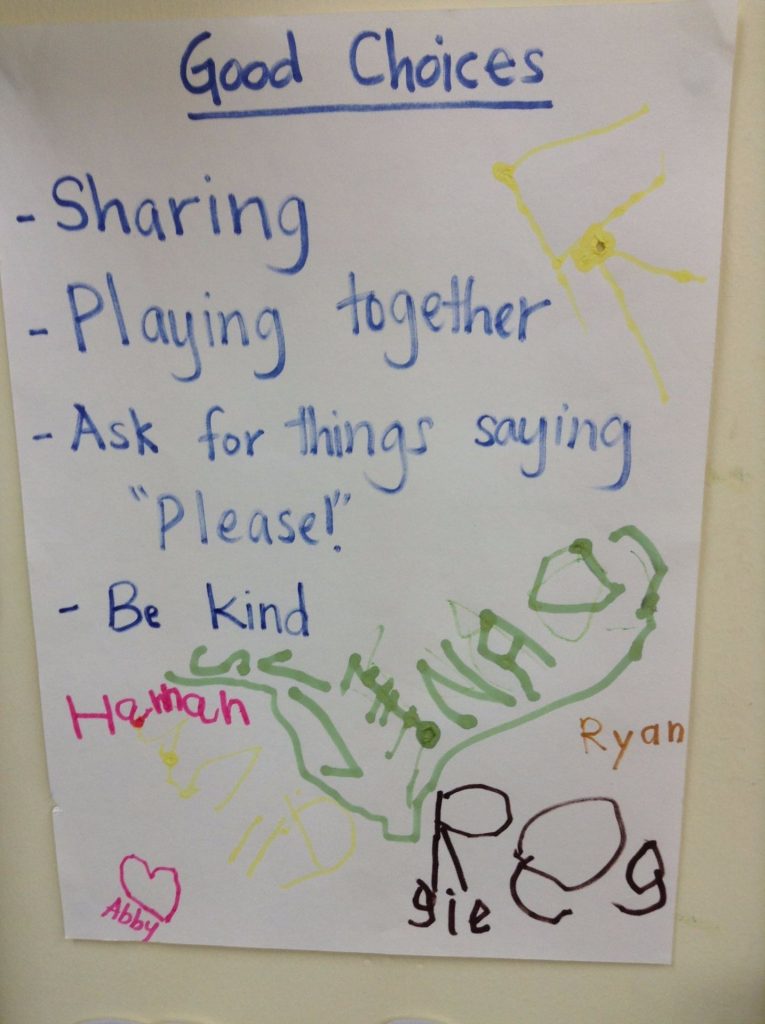























 Starting in a new school or a new classroom can be overwhelming for some students. Getting to know the community that we work and play with takes time. We need to trust and be patient. The students explored their options for play and were eager to take on new challenges. These are our first steps. Watch this space to learn more about our interesting stories and journeys of learning.
Starting in a new school or a new classroom can be overwhelming for some students. Getting to know the community that we work and play with takes time. We need to trust and be patient. The students explored their options for play and were eager to take on new challenges. These are our first steps. Watch this space to learn more about our interesting stories and journeys of learning.
